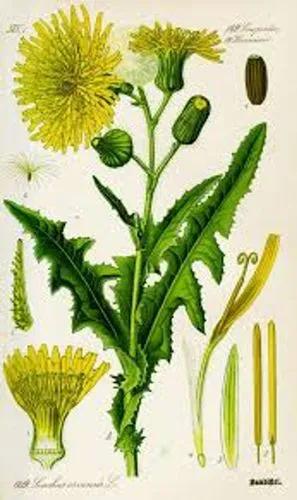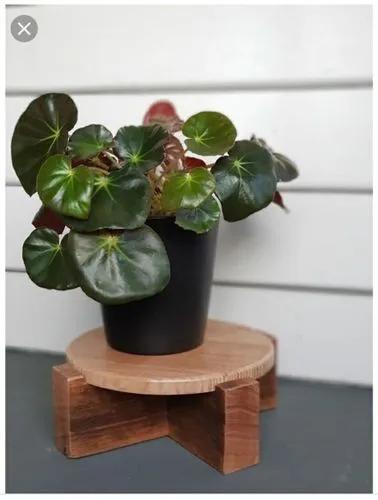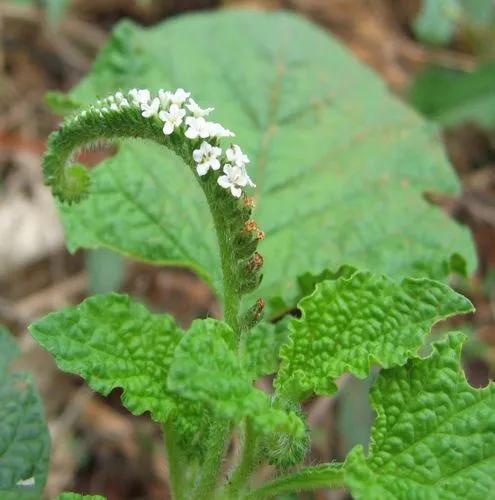Bellis perennis is a common European species of daisy, the family Asteraceae. Many related plants also share the name "daisy", so to distinguish this species from other daisies it is sometimes qualified as common daisy, lawn daisy or English daisy.
Common Daisy Care
Bellis perennis



Bellis perennis is a perennial herbaceous plant with short creeping rhizomes and rosettes of small rounded or spoon-shaped leaves that are from 3/4 to 2 inches (approx. 2–5 cm) long and grow flat to the ground. The species habitually colonises lawns, and is difficult to eradicate by mowing – hence the term 'lawn daisy'. Wherever it appears it is often considered an invasive weed. Bellis perennis generally blooms from early to midsummer, although when grown under ideal conditions, it has a very long flowering season and will even produce a few flowers in the middle of mild winters. Bellis may come from bellus, Latin for "pretty", and perennis is Latin for "everlasting".
How to Care for the Plant

Water

As a general rule of thumb, daisies usually require approximately 1 to 2 inches (2.5-5 cm) of water per week during the summer, either through irrigation, normal rainfall, or a combination of both. During spring and fall, daisies benefit from about 1 to 2 inches (2.5-5 cm) of water applied every other week.

Pruning

Get rid of damaged leaves and stems. This is important because damaged leaves and stems can actually be an energy drain on your plant. By removing those dead parts, you're taking some of that work off your plant’s plate and allowing it to divert its energy into healthy leaves and new growth!

Fertilizer

Mix the recommended amount of liquid fertilizer and water in a watering can. Then simply pour the mix into the soil as if you're watering the plant.

Sunlight

If your plant is not getting enough light, the most common sign is the yellowing and dropping of leaves, stunted leaf growth, elongated stems, and a dull-green color. If your plant is getting too much light, then its leaves will have singed tips, burned patches, or will be falling off (yikes!).

Soil

The ideal blend of soil for plant growth is called loam. Often referred to as topsoil or black dirt by landscape companies, loam is a mixture of sand, clay, and silt.

Temperature

It can generally be grown in the areas where minimum winter temperatures are above -30°F (-34°C). The ideal temperature range is 50° to 60°F.

Container

Pot should provide ample drainage and room for growth.

Popularity

2,994 people already have this plant 536 people have added this plant to their wishlists
Discover more plants with the list below
Popular articles






